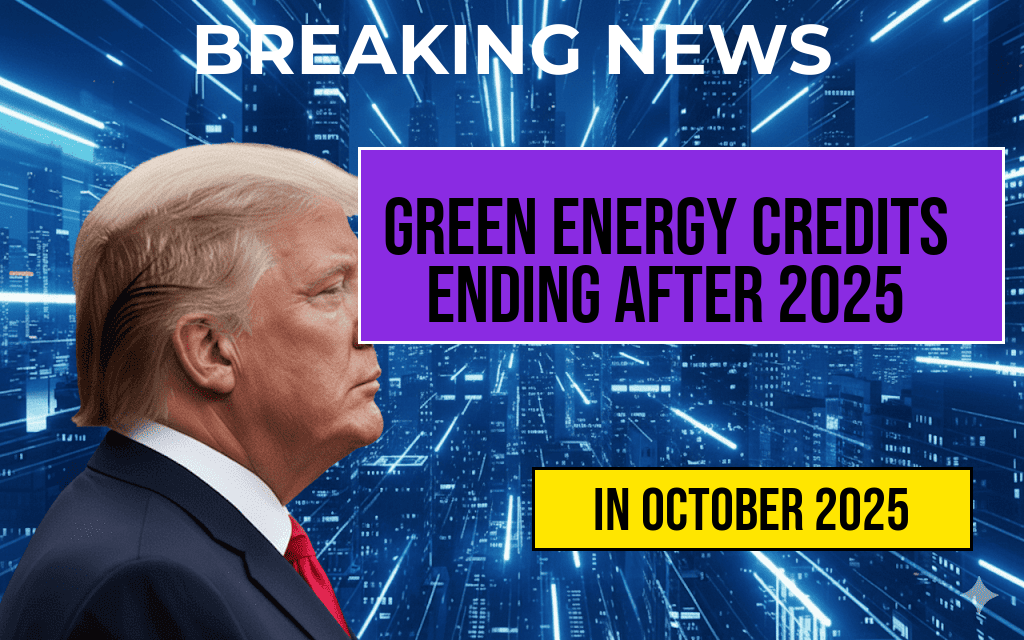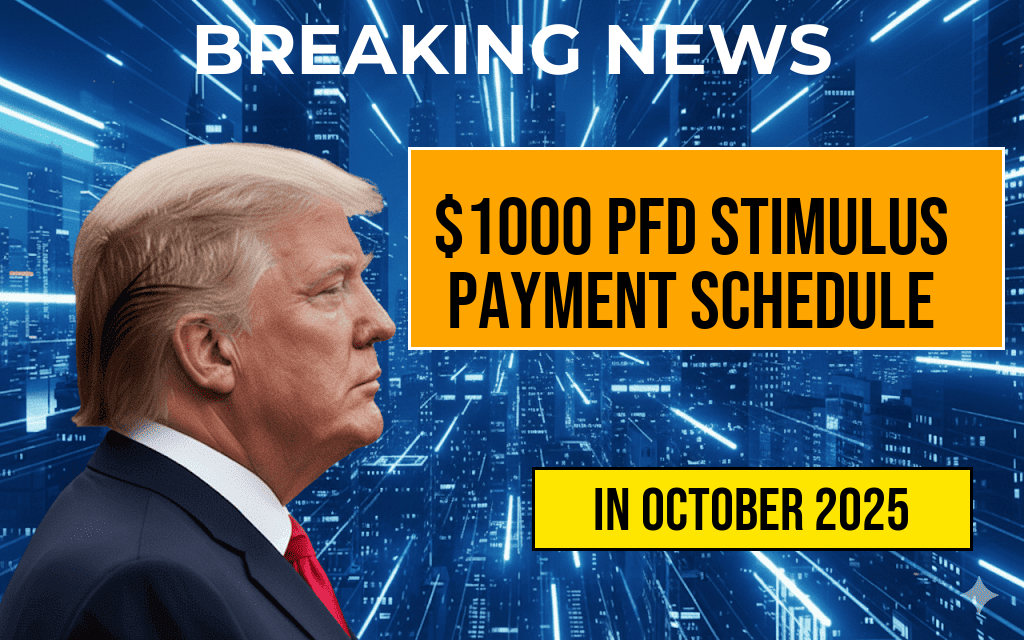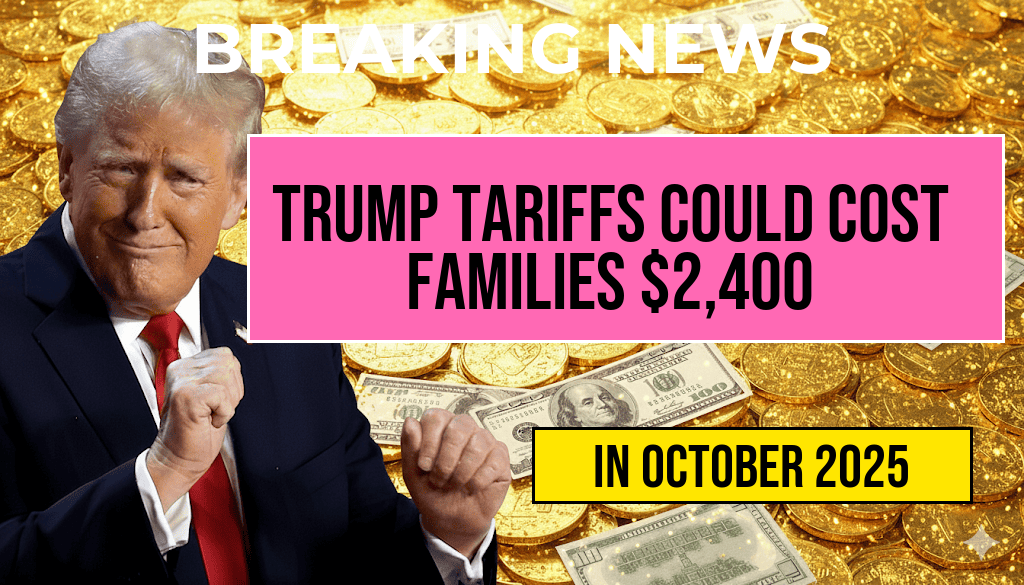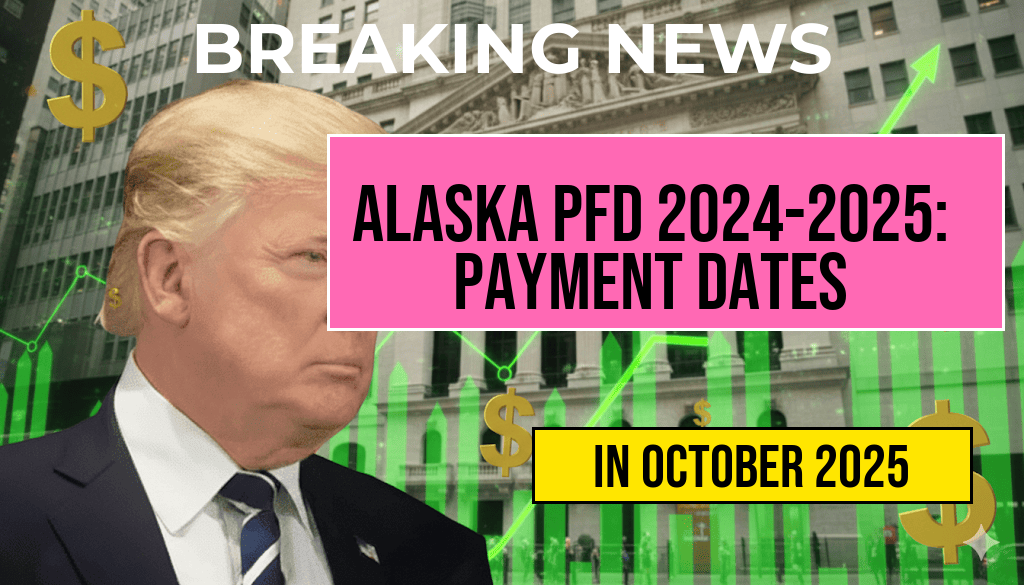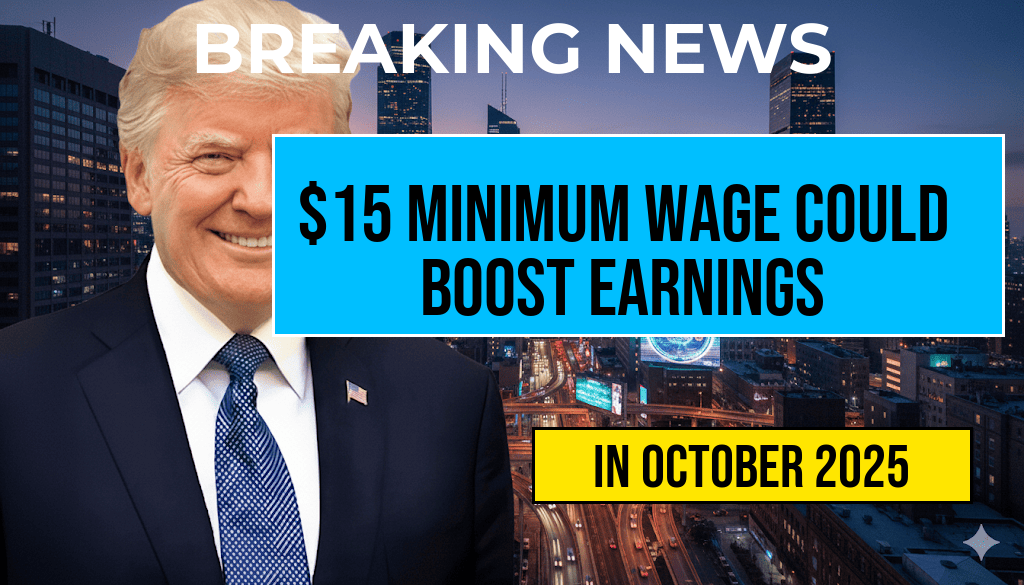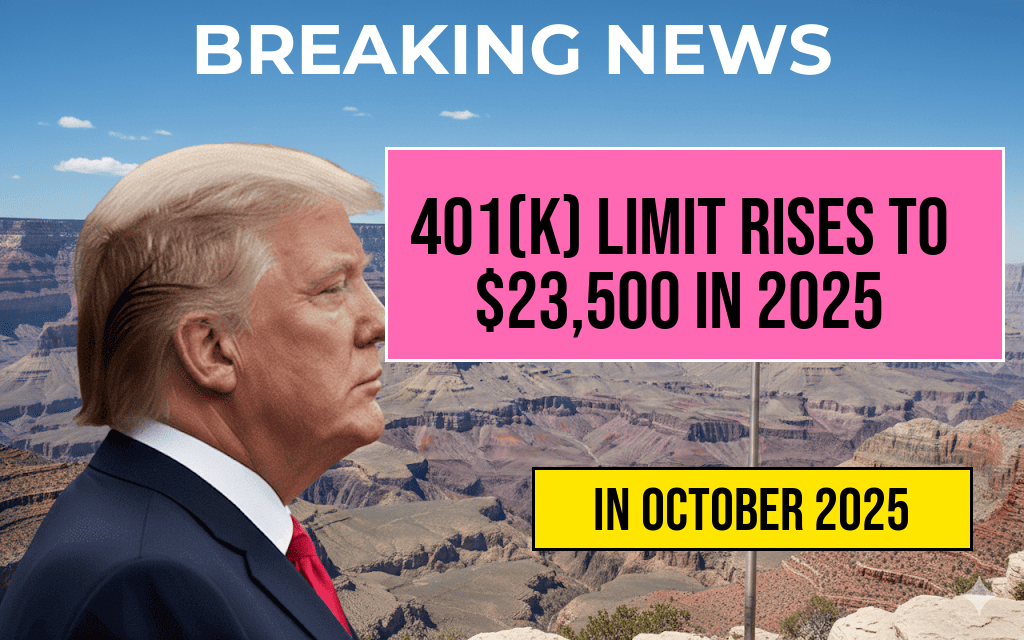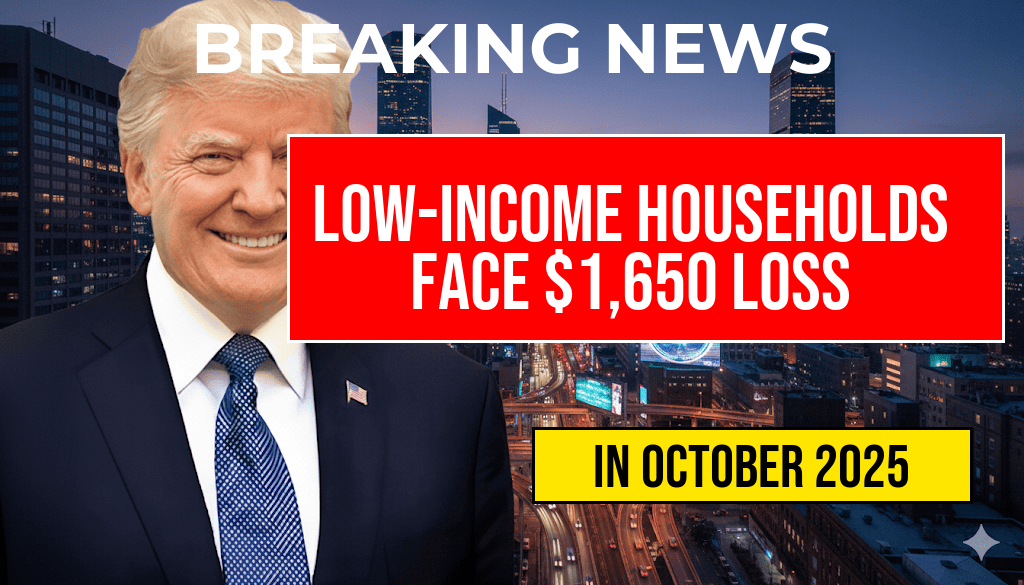As the United States approaches the expiration of key green energy tax credits after 2025, many homeowners are reassessing their plans for renewable energy upgrades. These incentives, which have historically lowered the upfront costs of installing solar panels, wind turbines, and other sustainable technologies, are set to phase out, prompting questions about the future affordability of such projects. While the federal government has extended some programs in the past, the current policy landscape suggests a shift towards more limited or state-specific incentives. Homeowners considering solar or other renewable installations should understand how these changes may impact their finances, what alternatives may exist, and how to act before the credits expire.
Understanding the Current Landscape of Residential Tax Incentives
Federal Incentives and Their Evolution
The primary federal incentive for residential renewable energy systems has been the Investment Tax Credit (ITC). This program allows homeowners to deduct a significant percentage of the installation costs from their federal taxes. Originally introduced in 2006, the ITC has played a vital role in boosting solar adoption across the country. The credit was set at 30% through 2032, but recent legislative discussions indicate that the most substantial benefits will end after 2025, with the credit gradually decreasing or disappearing entirely for some systems.
- Current Status: The ITC offers a 30% deduction for systems installed before the end of 2025.
- After 2025: The credit is scheduled to decline to 26% in 2026, then further down to 22% in 2027, and potentially phase out for residential systems thereafter unless extended by new legislation.
- Implication: Homeowners planning new solar installations should aim to complete projects before the 2025 deadline to maximize benefits.
State and Local Incentives
Beyond federal programs, numerous states and municipalities offer their own incentives, such as rebates, property tax exemptions, and sales tax discounts. These programs vary widely in scope and availability, and some may be affected by the federal policy shifts. Homeowners are encouraged to consult local agencies or resources like the Database of State Incentives for Renewables & Efficiency (DSIRE) to identify current offers.
What Homeowners Need to Know About the End of Incentives
Timing Is Critical for New Installations
With the scheduled reduction of the federal ITC, homeowners interested in renewable energy systems should prioritize timing. Installing solar panels or other eligible technologies before the end of 2025 can significantly reduce upfront costs, making the investment more affordable. Delaying installation could mean missing out on higher tax credits and facing a higher net cost for the same system.
Financial Planning and Cost-Benefit Analysis
| Item | Cost | Incentive | Net Cost After Incentive |
|---|---|---|---|
| Solar System (estimated) | $20,000 | 30% ITC (up to $6,000) | $14,000 |
| Projected Cost After 2025 (if no extension) | $20,000 | 26% ITC (up to $5,200) | $14,800 |
Homeowners should perform careful analyses to compare initial costs, potential savings, and payback periods in light of the changing incentives. Consulting with licensed solar providers can help clarify the financial impact and identify financing options that may offset reduced tax benefits.
Alternative Incentive Strategies
As federal incentives diminish, homeowners might explore other avenues to support renewable energy projects:
- State-specific rebates and grants: Many states continue to offer financial incentives that can complement or substitute federal credits.
- Performance-based incentives: Some utility companies provide payments based on energy production, which can help improve project economics.
- Financing options: Low-interest loans or power purchase agreements (PPAs) can reduce upfront costs, making renewable installations more accessible regardless of tax incentives.
Looking Ahead: Policy Uncertainty and Market Trends
Policy debates in Congress continue to influence the future of renewable energy incentives. While some lawmakers advocate for extended or increased support, others emphasize budget constraints or shifting priorities. Industry analysts suggest that technological advances and declining costs are likely to sustain growth in solar and other renewables even without federal tax credits. Still, the expiration of these incentives could slow adoption rates in the short term and impact market dynamics.
Homeowners and industry stakeholders should stay informed through reliable sources such as the Wikipedia page on Solar Power in the U.S. and news outlets like Forbes (https://www.forbes.com/solar-energy/) for updates on policy developments.
Key Takeaways for Homeowners
- Complete renewable energy projects before the end of 2025 to maximize current federal incentives.
- Assess local and state programs for additional financial support.
- Consult with licensed installers to understand the best timing and financing options.
- Stay informed about potential policy changes that could influence future incentives or project costs.
Frequently Asked Questions
What are Green Energy Credits and how do they benefit homeowners?
Green Energy Credits are incentives provided by the government to encourage the adoption of renewable energy solutions, such as solar panels and wind turbines. They help reduce the upfront costs for homeowners, making it more affordable to invest in sustainable energy systems.
When do Green Energy Credits expire for residential properties?
The current residential tax incentives for Green Energy Credits are set to expire after 2025. Homeowners should plan their renewable energy projects accordingly to take advantage of these benefits before they end.
How will the expiration of Green Energy Credits affect the cost of renewable energy installations?
After the credits expire, the overall cost of installing renewable energy systems may increase for homeowners, as they will no longer receive the same level of financial incentives, potentially making these projects less financially attractive.
Are there any alternative incentives available after 2025 for homeowners interested in green energy?
Some state or local programs may offer alternative incentives or rebates for renewable energy installations. Homeowners should check with their local energy authorities or utility companies to explore available options post-2025.
What steps should homeowners take to maximize benefits before Green Energy Credits expire?
Homeowners should consider scheduling their renewable energy projects before the credits expire, consult with certified installers, and stay informed about any new incentives or policy changes to ensure they maximize their financial advantages.

